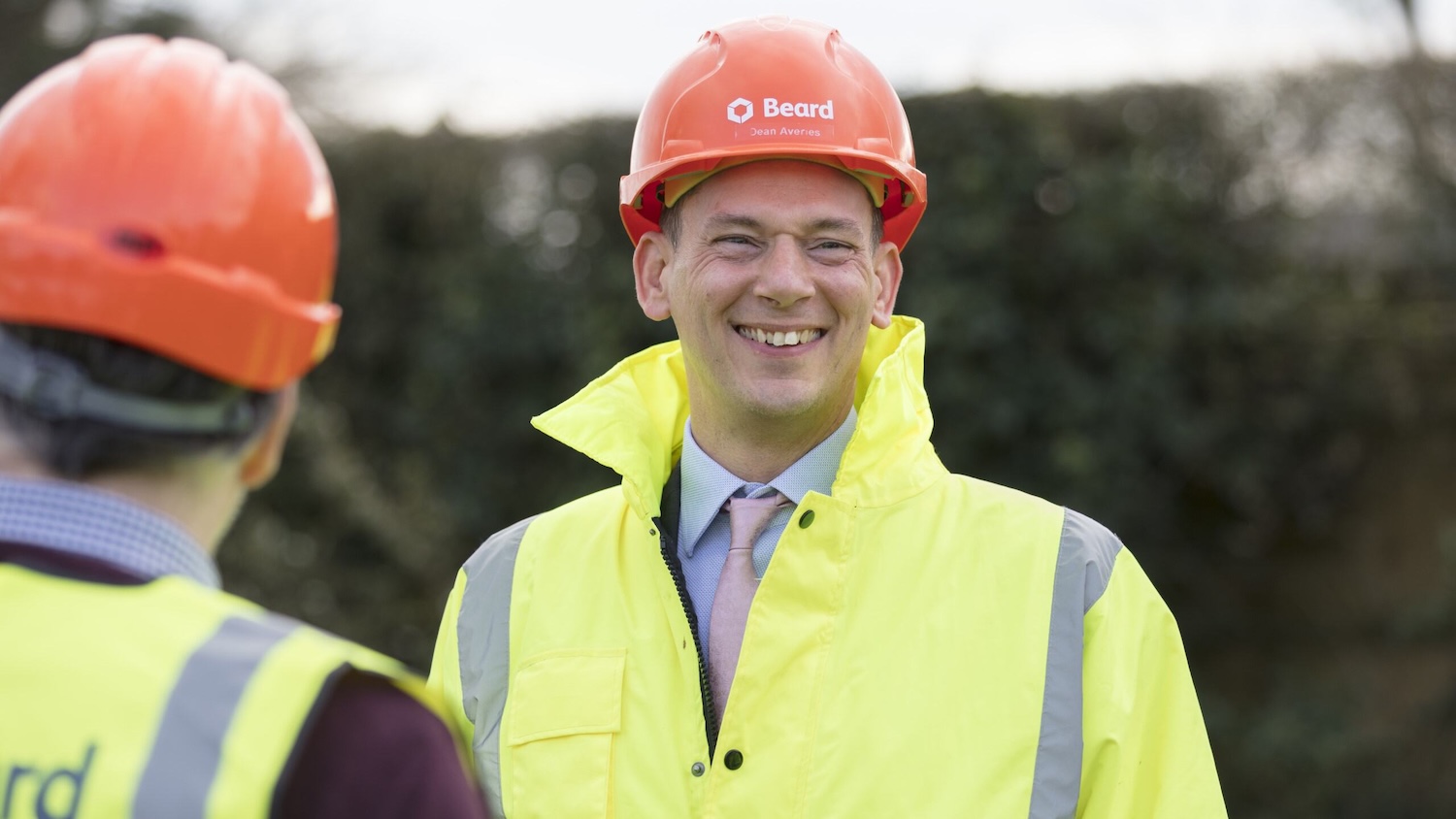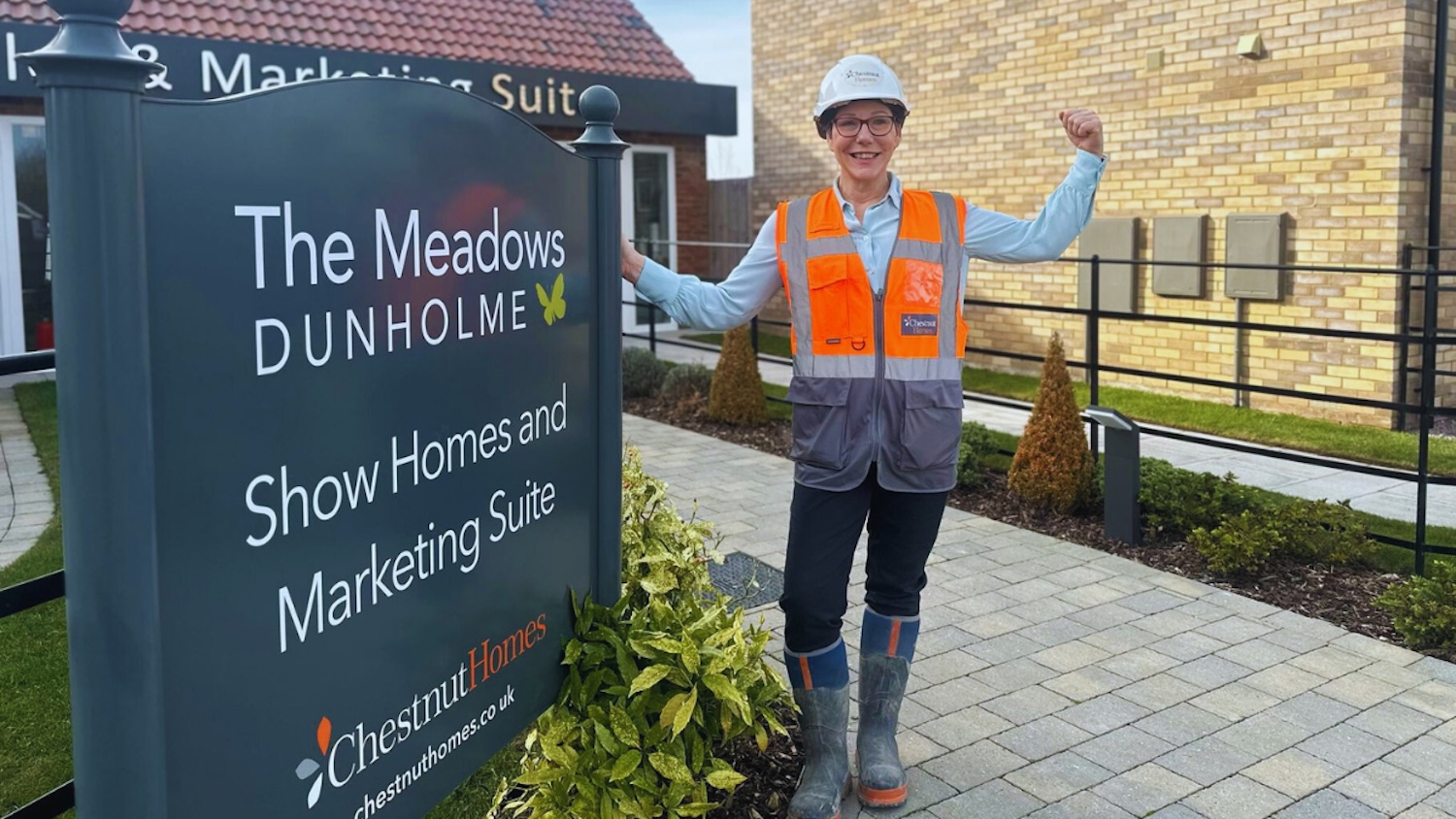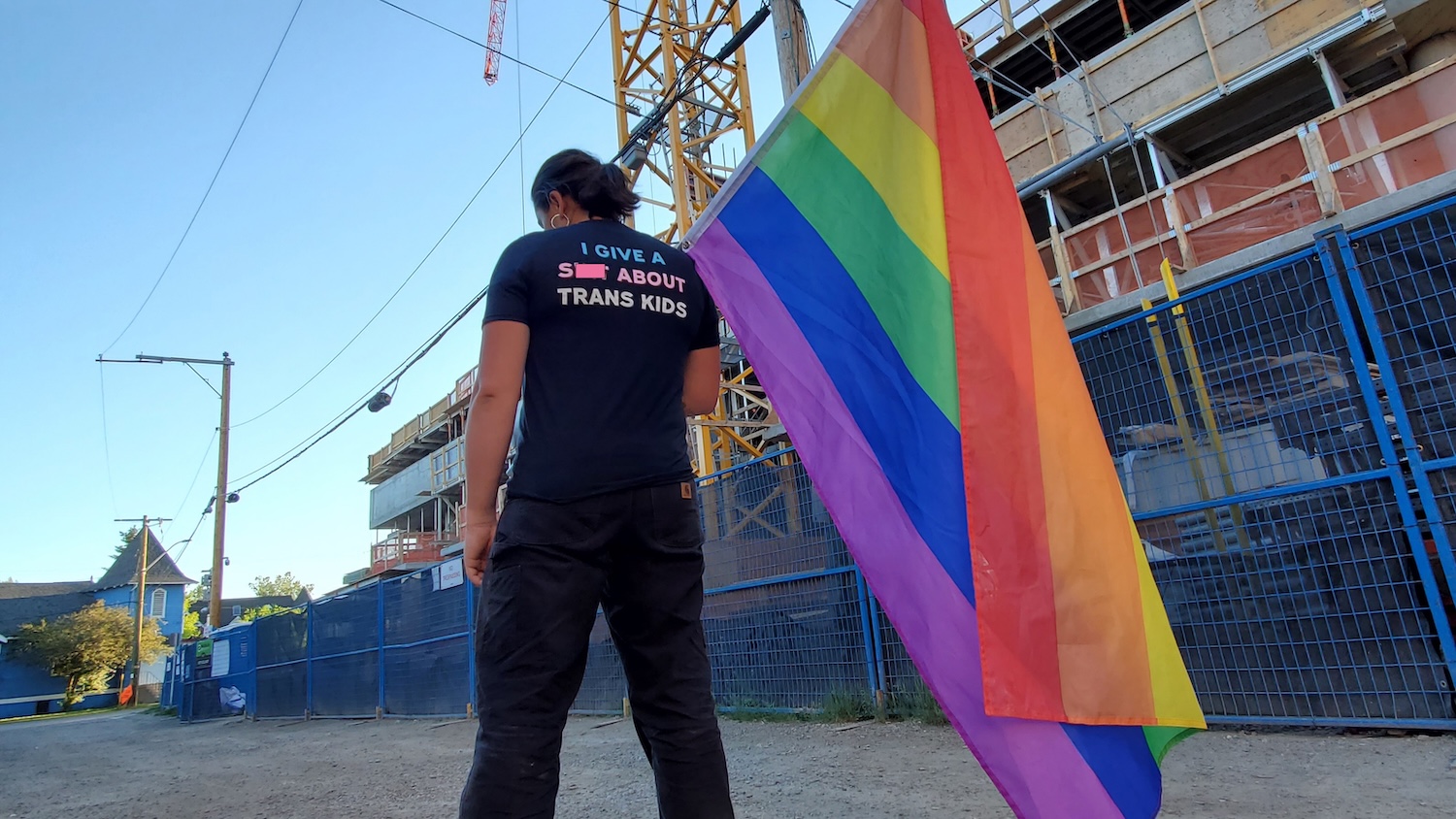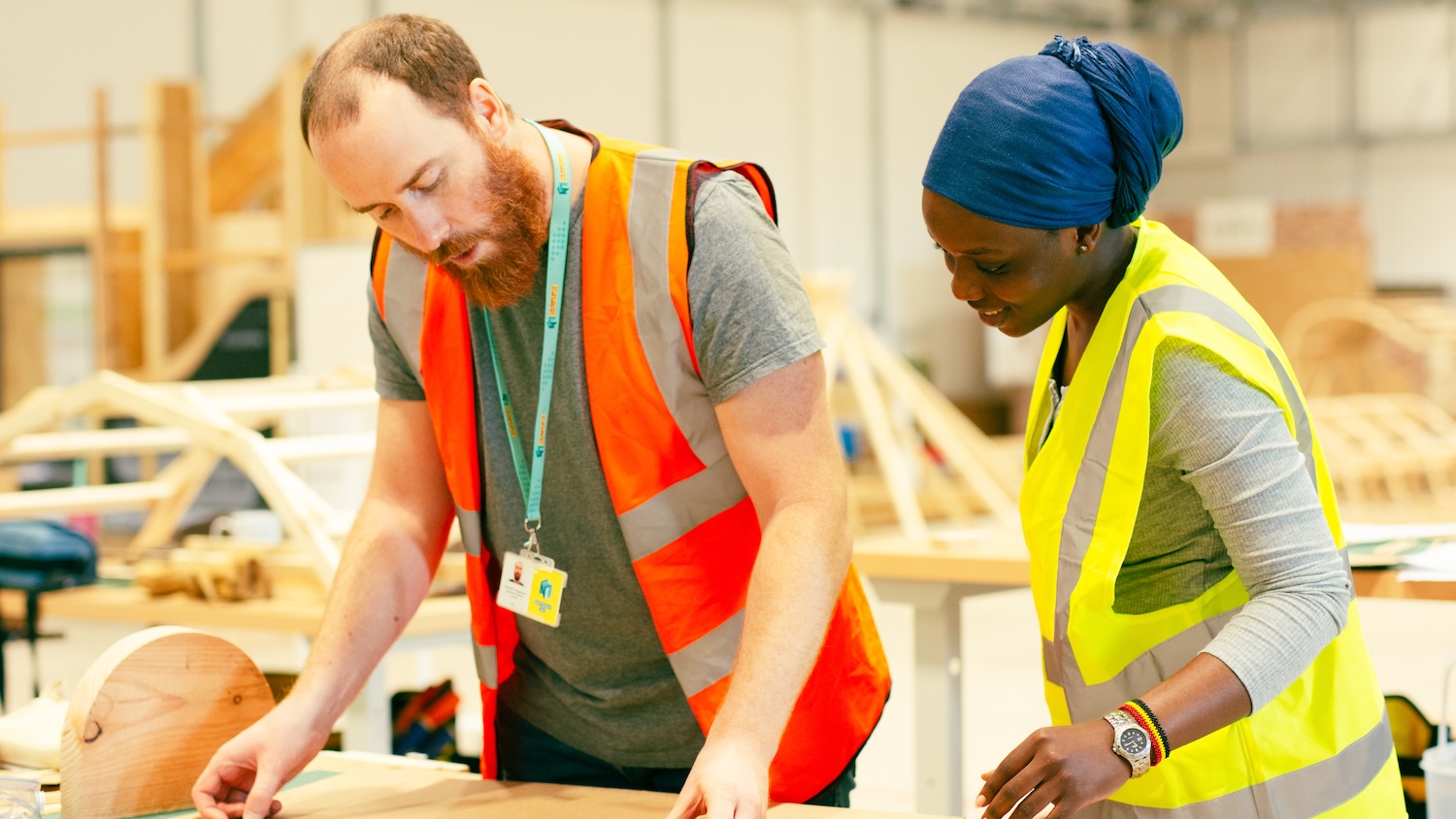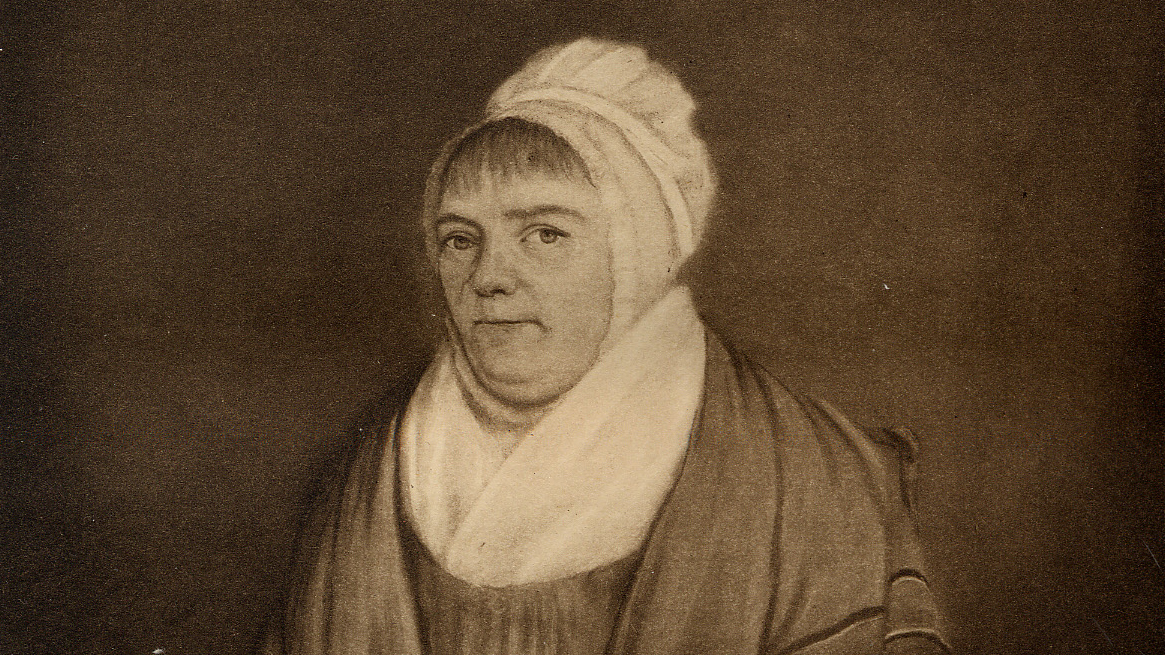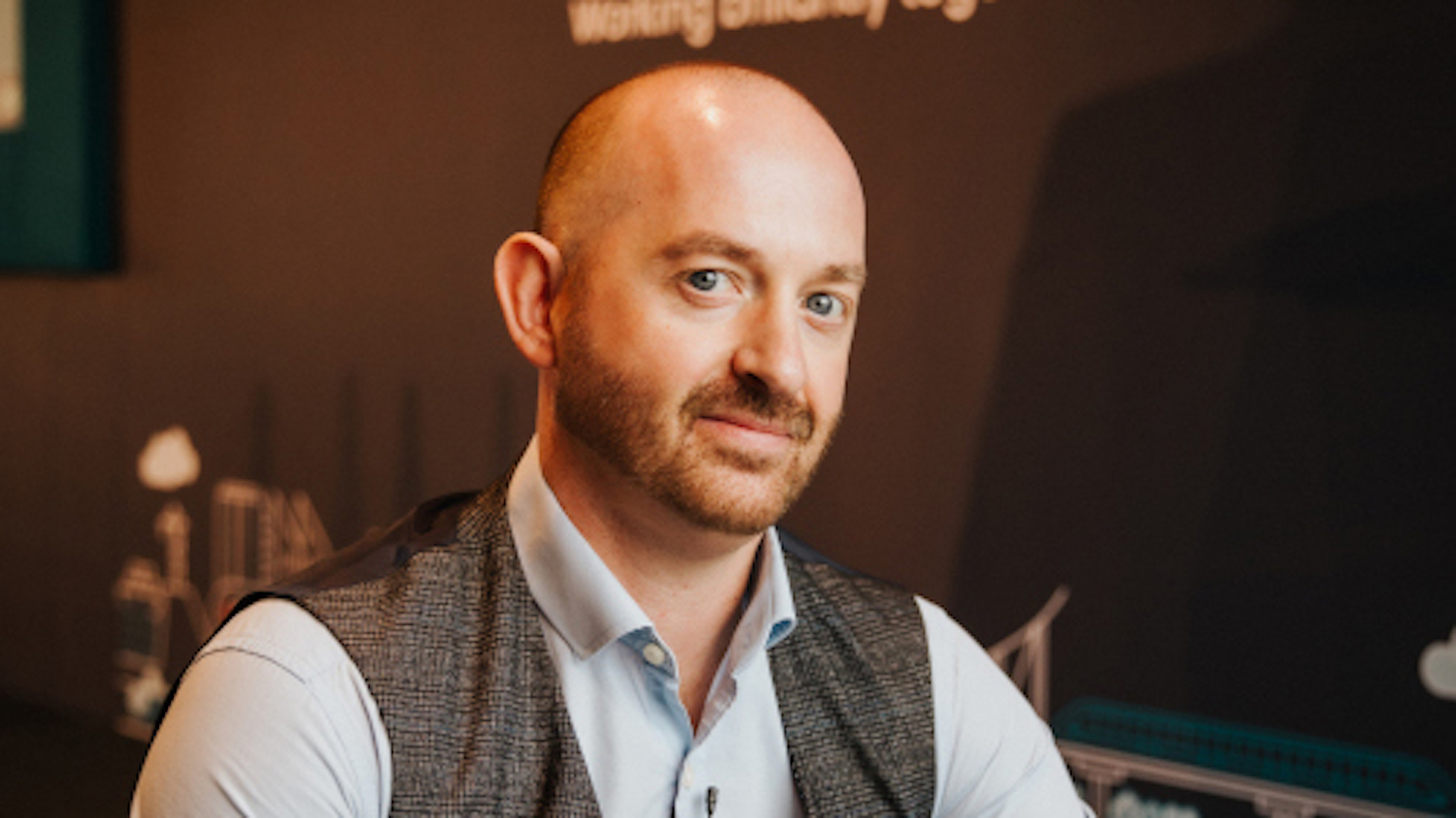
This much I know: ‘Surround yourself with people who can help you on your mission’
Richard Burdett-Gardiner, director of applied digital services at Kier Group’s transportation division QuikSTATS, explains why digital technologies are quickly becoming the future for the built environment industry
What attracted you to the industry?
I fell into it really. I started as an operative in a network control centre back when National Highways began rolling out managing agent contractor contracts.
These employed a single contractor to both the design of new schemes and the maintenance and support operations across an entire region of its network. I was taking calls and managing incident control units, whose job was to attend incidents 24/7 across the network.
From there, data and digital solutions became my speciality.
I came from an IT educational background, so this was my natural progression – a blend of 90s IT and blue-collar site knowledge.
I went on to manage systems and inspectors, along with surveying the network for defects and planning repairs. And the rest, as they say, is history.
We process a huge amount of data from siloed databases, sources and systems – and the digital technologies we have now are allowing us to responsibly harness its value
What has changed most about the way the industry uses digital technology since you joined Kier?
Data quality and the sheer amount of it, from all sources. At QuikSTATS, we process a huge amount of data from siloed databases, sources and systems – and the digital technologies we have now are allowing us to responsibly harness its value.
This service offers C2 digital underground utility plans, which helps contractors to efficiently locate underground assets during their design and maintenance activities.
It’s critical to have accurate and comprehensive data in this field, as it concerns the safety of our people and the communities where we work – and the speed at which we can provide this data has accelerated exponentially.
We’ve spent years refining this service to reduce the risk of underground utility strikes, and the advancements we’ve seen in technology have allowed for huge strides in this area.
More widely, we’re seeing big changes in building information modelling, digital construction, the use of common data environments and geographical information systems – while leveraging them all to maximise data value, cut costs and improve safety across our processes.
How did you know when you were ready for your first leadership role?
You start small – one support role or person to manage, then you find that over time this can grow to a team of more than 25 colleagues. It’s very organic as you learn on the way.
Ultimately, leadership is about surrounding yourself with people who can help you on your mission and support them on theirs. A team with shared values and purpose will achieve great things, and as a leader a key part of your role is to nurture that.
The most valuable training I’ve found in more recent times has been an Excel course. Never underestimate the power of a well-presented and formula-driven spreadsheet
What is the most valuable training you’ve received and why?
Kier has numerous safety, management and leadership courses available both internally and externally, many of which I’ve attended.
I think the most valuable training I’ve found in more recent times has been an Excel course. Never underestimate the power of a well-presented and formula-driven spreadsheet.
What advice would you give to someone starting in the industry today?
Do it! Designing, building and managing roads, bridges, tunnels, railways, schools, prisons, energy and water infrastructure – and everything in between – is vital to how we all live our lives.
It’s also highly rewarding, varied and comes with excellent routes for career development and progression.
Not enough people consider joining our industry when they leave school or university, but we’re working to change that and show them that a fantastic career awaits if they do.
I never knew it at the time, but I’m very thankful for stumbling on it now.

